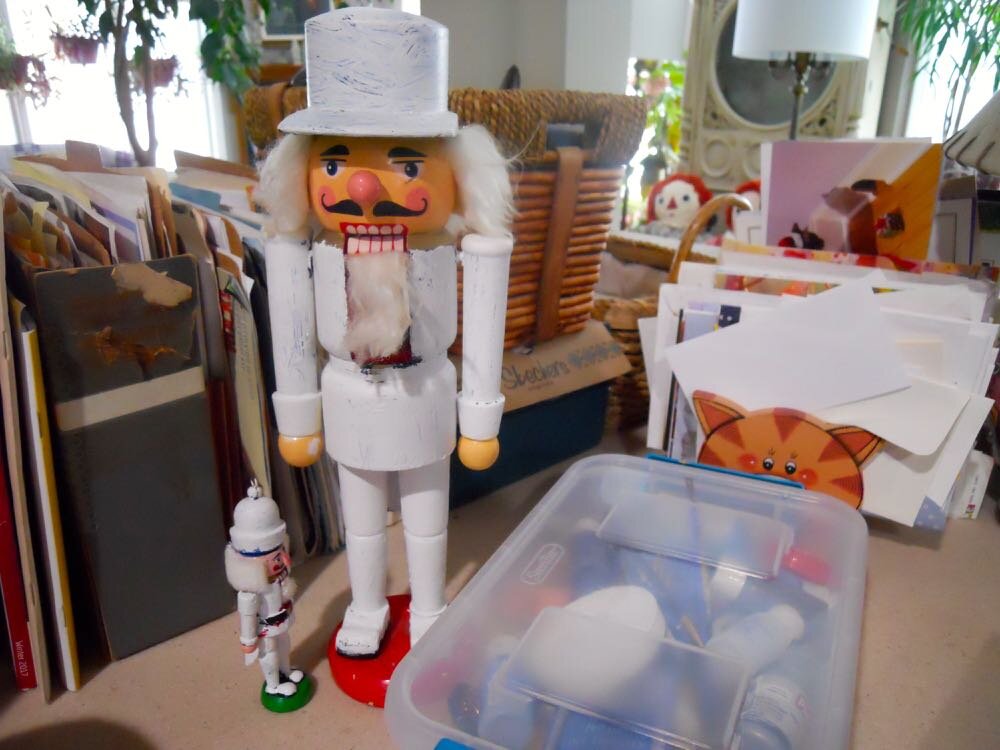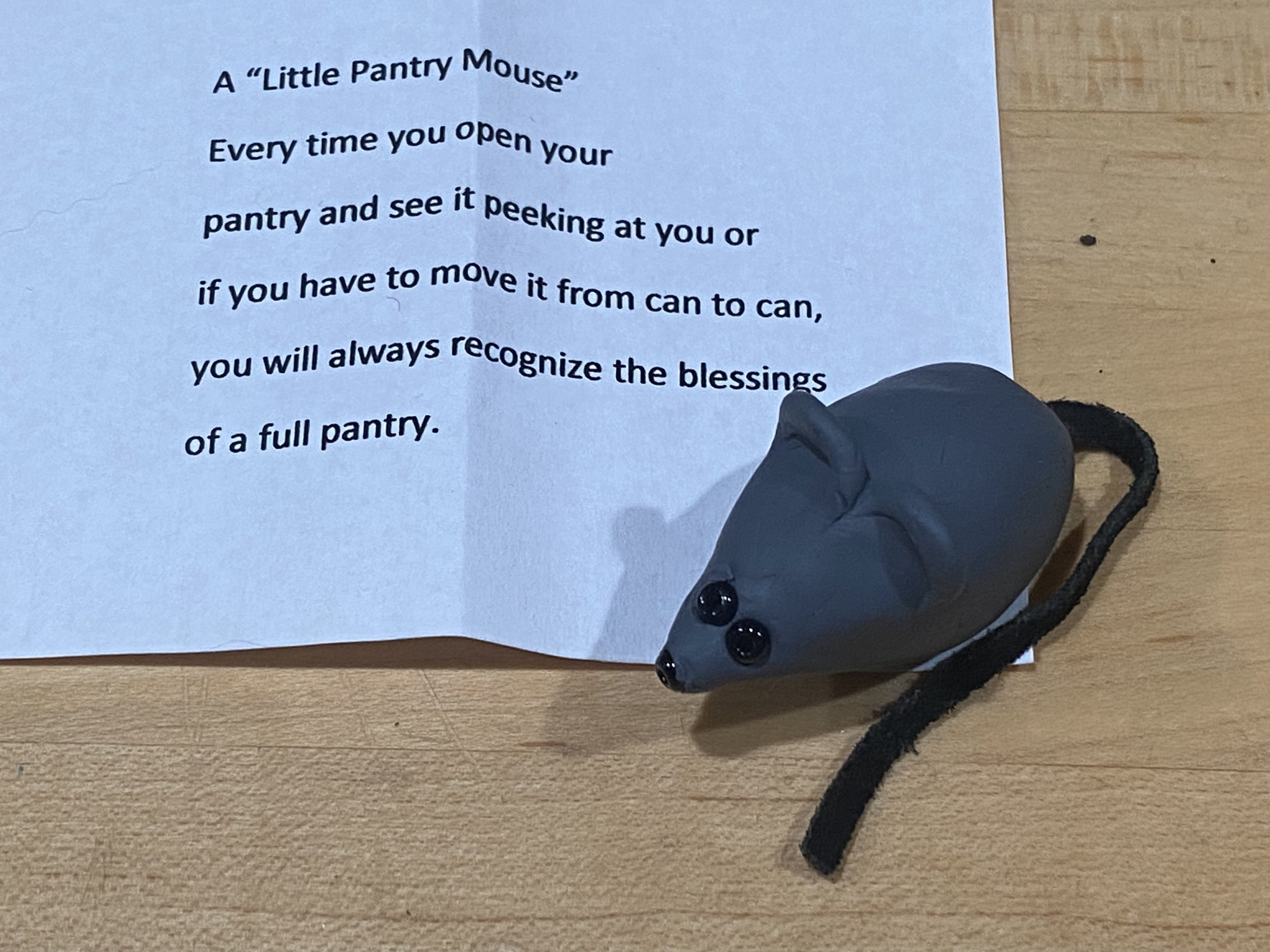You may see some of the red, or in my case white, leaves falling off. That's natural. The flowers are actually tiny, located in the center, protected by the larger leaves that are now a red or white color.
The key to caring for Poinsettias is to keep them evenly moist and away from drafts. I have mine in indirect light and check them every day to make sure the soil is not drying out. If you have African violets and moth orchids, those lighting conditions are similar to the ones Poinsettias need.
If you need to find a different location, place the plants near a bright window, but not directly in the sunlight. Ideal temperatures would be between 60 and 68 degrees Fahrenheit. If the temperatures are kept above 75 degrees, the plants can decline quickly.
Avoid overwatering, applying too much water can kill the roots of the plant. Wait until the surface of the potting soil begins to dry slightly before watering.
Apply water until it begins to run out the bottom of the pot, wait 30 minutes, and then dump out the water that remains in the bottom of the drip tray. If you still have the plant in foil, remove it.
Don’t worry if the plant drops all of the bracts, or leaves, and looks like the Charlie Brown Christmas tree after the holidays. Continue to water as needed until new growth forms.
How to Get Poinsettia Leaves to Turn Again
Near the middle of September, the poinsettia should be placed in complete darkness from 5 pm to 8 am daily. Put it under a cardboard box or in a dark closet to provide the “short day,” which encourages blooming. Lights from any lamps will prevent the bracts from changing color and for normal flowering.
Continue this “short day” treatment until the plant bracts show color in late November. Don't forget to keep the plant watered during this dark period, it still needs moisture.
Until then, enjoy these lovely plants, they will hold their red and white colors through February. I love having my white ones on my dining room table.
Charlotte



































